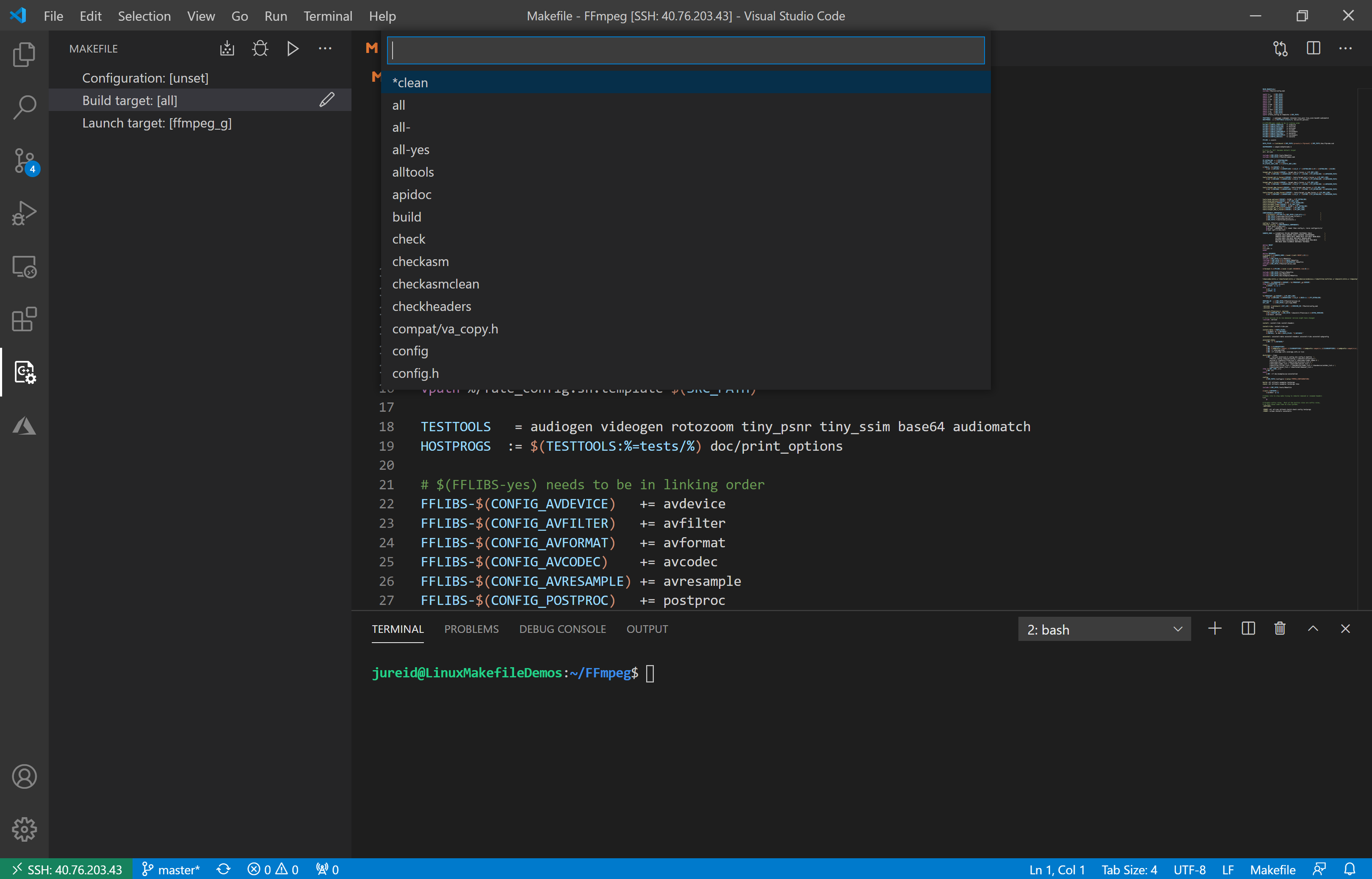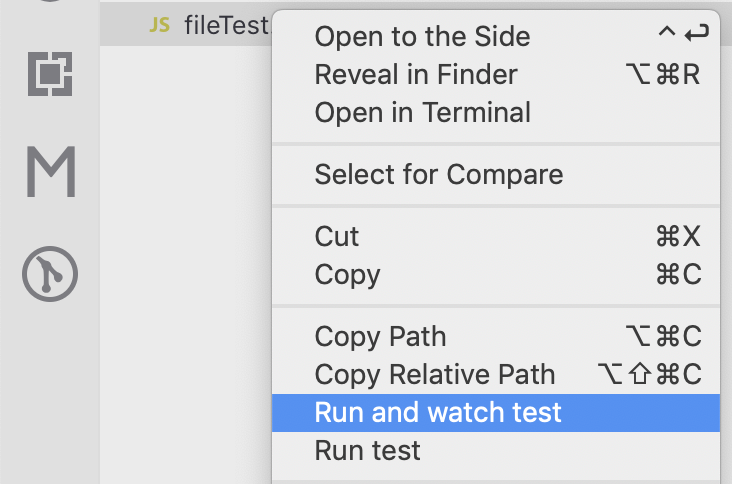

I have the above rule in my Makefile with one small change: Using the command make -jobs=4 will run up to four instances of Babel at once, which can offset some of the performance loss of running a separate instance of Babel for each source file. Because Make rules explicitly list dependencies for each target Make knows which tasks can be run in parallel safely.
#MAKEFILE VS RUNJS FULL#
I run incremental builds far more often than full buildsĮdit: several commenters on Hacker News (falcolas, Jtsummers, jlg23, nzoschke) point out that Make can run tasks in parallel. When we ask Make to transpile all files under src/ it will skip files thatĪlready have up-to-date results under lib/. So invoking babel many times is slower when building from a fresh checkout.īut thanks to Make's talent for incremental builds separate invocations make There is some startup time overhead every time babel runs Why invoke Babel separately for each source file?īabel can transpile all files in a directory tree with one invocation.īut the rule above will run babel separately for every file under src/. We won't know what the values of those variables will be until the rule is Now it becomes clear why the variables $< and are necessary: It substitutes the same string for % on the prerequisite's side.

Whatever string Make substitutes in the position of the % in the target, This tells Make that any file path that begins with lib/ can be built usingĪnd that the target depends on a matching path under src/. When we add more files to the project it would be tedious to write a MakefileĪ target and it's prerequisites can include wildcards to create a pattern: So $(dir is read as "the path to the directory that contains the file

The function dir extracts the directory portion from The mkdir -p line creates the lib/ directory in case it does not already We will see why those variables are indispensable in a moment. $< is a shorthand for the list of prerequisites ( src/index.js in this case) In the recipe above there are two special variables: You can escape a $ in a recipe command by doubling it (e.g. The shell commands in a Makefile recipe are almost exactly what you would typeīut note that Make substitutes variables and expressions prefixed with $ The recipe uses babel to produce lib/index.js using src/index.js as input. Make looks for a file called Makefile in the current directory.Ī Makefile is a list of tasks that generally look like this:
#MAKEFILE VS RUNJS CODE#
So I use Make to transpile code using Babel. I also like to include Flow type annotations in my code, and I want to distribute type definitions with my code but I want the code that I distribute to be plain Javascript. I want to be able to write Stage 4 ECMAScript while targeting browsers or recent stable versions of Node.

Let's quickly address the question of why someone would want a build step in Those are cases where I do not benefit from the specialized features in Webpack. I use Make when I am writing a client- or server-side library, or a Node app. On the other hand if your needs are more general Make is a good go-to tool. If you are writing a frontendĪpp and you need code bundling you should absolutely use Webpack (or a similar The job that Webpack does is quite specialized. I want to provide a quick primer here I will go over the contents of the Makefile that I use with my own Javascript My guess is that a large portion of the Javascript community did not come from a background of Unix programming,Īnd never had a good opportunity to learn what Make is capable of. You are more likely to see a Makefile in a C or C++ project, for example. But I think that it is underrepresented in Javascript development. Make has been around long enough to have solved problems that newer build tools are only now discovering for themselves.ĭespite the title of this post, Make is still widely used. It is very good at incremental builds, which can save a lot of time when you rebuild after changing one or two files in a large project. Make is great at expressing build steps concisely and is not specific to Javascript projects. Make is a general-purpose build tool that has been improved upon and refined continuously since its introduction over forty years ago. I want to talk about the merits of Make (specifically GNU Make). That are written and configured in Javascript. The fashion in Javascript is to use build tools like Gulp or Webpack


 0 kommentar(er)
0 kommentar(er)
